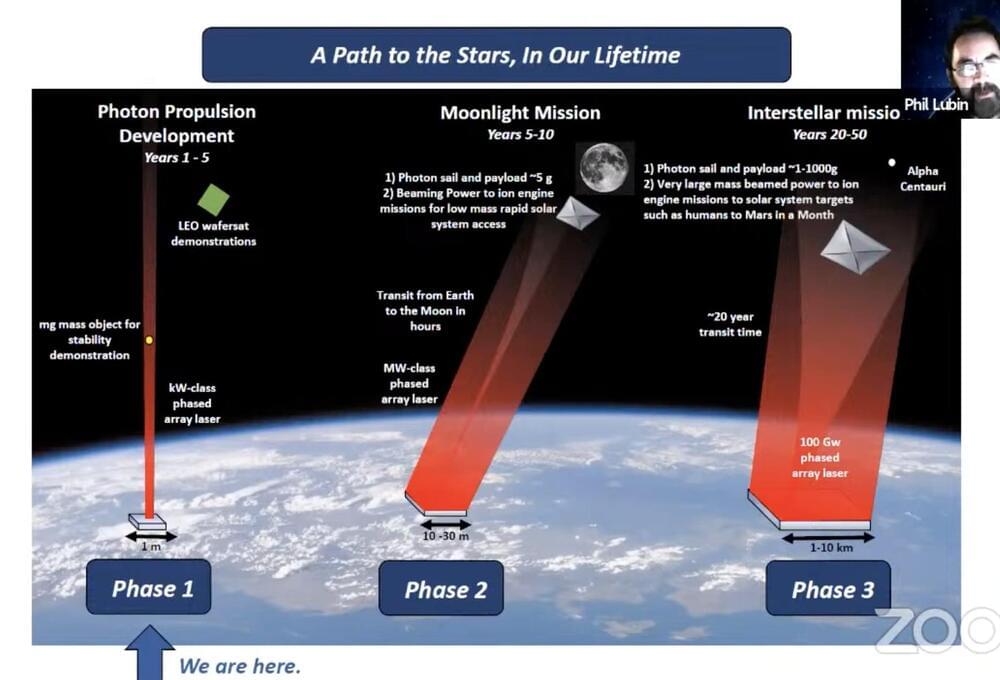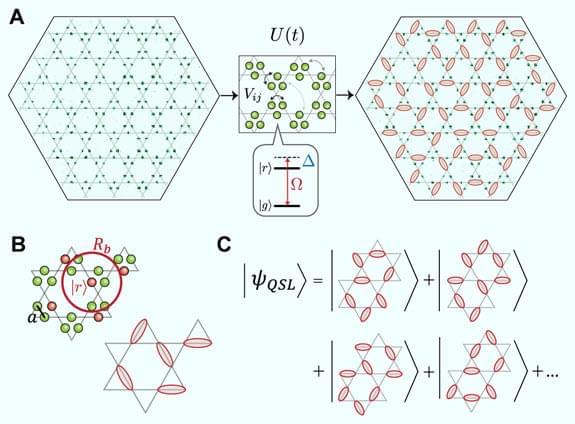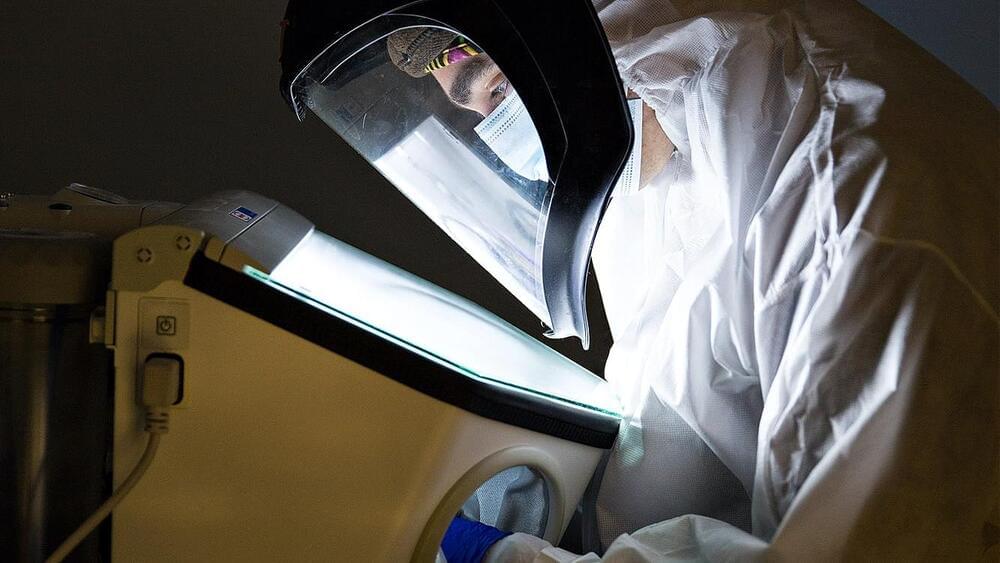Dec 3, 2021
The world’s first sneakers made from stone
Posted by Quinn Sena in categories: materials, mobile phones
Circa 2018 c:
Shoes made from stone may sound uncomfortable and something the Flintstones might wear. However, thanks to innovative technology, it is possible to transform ordinary stone into a flexible and paper-thin material. German companies Roxxlyn and Nat-2 decided to work together and use this material to create the world’s first sneakers made from natural stone!
When we think about stone, we think about hard and sturdy material, rather than something flexible. However, Roxxlyn, an expert in creating ultra-light design pieces from stone, developed a technology to use stone to make all kinds of accessories and design pieces, from phone cases to belts, and now sneakers.
Continue reading “The world’s first sneakers made from stone” »


















